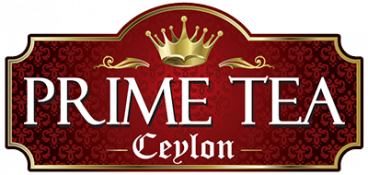How to Draw a Bank: A Step-by-Step Guide for Beginners Banking Jakartastudio
This lesson will require your attention and accuracy. All drawing steps are included here which make it fun and simple to follow! Expect this drawing to last about 30 minutes, but the creative process may actually take longer if a background is added as well. A typical balance sheet records your business’s assets and liabilities as well as shareholder equities. As a result, the placement of drawings within the balance sheet depends on how it is categorised. It’s essential to keep accurate records of these withdrawals because they need to be offset against the owner’s equity.
- Observational drawing trains you to carefully examine source images or real-world objects to translate their details onto paper.
- Mastering foundational methods like applying tone, shadows and perspective opens unlimited doors for recreating the world around you through drawing.
- However, the building’s proportions must be realistic and accurate.
- Sharp pencils, erasers, and other drawing tools will help you create a beautiful work of art.
- His work extends to social media campaigns, website development, magazine articles, video tutorials and more.
Where do drawings go on a balance sheet?
If you feel comfortable with your basic drawing, add extra pizzazz and flair by experimenting with textures and colors. As a final touch, highlight https://www.kelleysbookkeeping.com/ key features with a bright color to add a sense of excitement to the image. Try a better way to collect payments, with GoCardless.
First Draw The Base Of The Roof
Once you’re satisfied with the overall structure and details, erase any unnecessary guidelines or construction lines. Use your eraser gently to avoid smudging the drawing. After you feel comfortable with line drawing, attempt some tonal studies that demonstrate your growing mastery of https://www.kelleysbookkeeping.com/gross-margin-ratio/ shadows and light. Really pack in those pencil strokes to create rich sections of blackness and gradients fading to white. The best way to improve artistically is through repeated practice. Start by rendering some quick line sketch studies focusing only on structure and proportion.
Easy Bank Vault Drawing – Step 5
His work extends to social media campaigns, website development, magazine articles, video tutorials and more. In this tutorial you will learn how to draw a bank. Undoubtedly, this lesson will be very useful for you, and you will once again train your artistic abilities. Start by drawing horizontal and vertical lines and adjust them when necessary.
Apply that to any strong vertical elements like drain pipes or roof edges. To complete the roof, draw two steep lines slanting downwards from the edges of that smaller second rectangle. Erase any interior lines to leave an upside down V shape. As you practice, focus on developing quality of line. This refers to creating lines of varying thicknesses by adjusting the pressure you apply to the pencil. Combining lightweight sketch lines with darker outlines adds dynamism and depth.
Make sure to envision the scale and perspective of the building and draw a few rough drafts. Mark a few key features such as the windows, ATM, and entranceway so you have a reference as you work. Here you will use only straight lines and will draw ordinary geometric shapes. In the process, take your time and observe symmetry. Going off the basic structure, begin by outlining the fundamental structure of the bank. Add the door, windows, and the roof to shape the building’s outline.
You will use six straight or slightly curved lines to create a large irregular hexagon. By following the simple steps, you too can easily how to enter a credit memo in quickbooks draw a perfect Bank Vault. Learn how to draw a great looking Bank Vault with easy, step-by-step drawing instructions, and video tutorial.
We will pay attention to the shapes of each area and types of lines drawn making sure that the artwork looks right. On your balance sheet, you would typically record an owner withdrawal as a debit. If the withdrawal is made in cash, this can easily be quantified at the exact amount withdrawn. If the withdrawal is of goods or similar, the amount recorded would typically be a cost value.

Add Comment